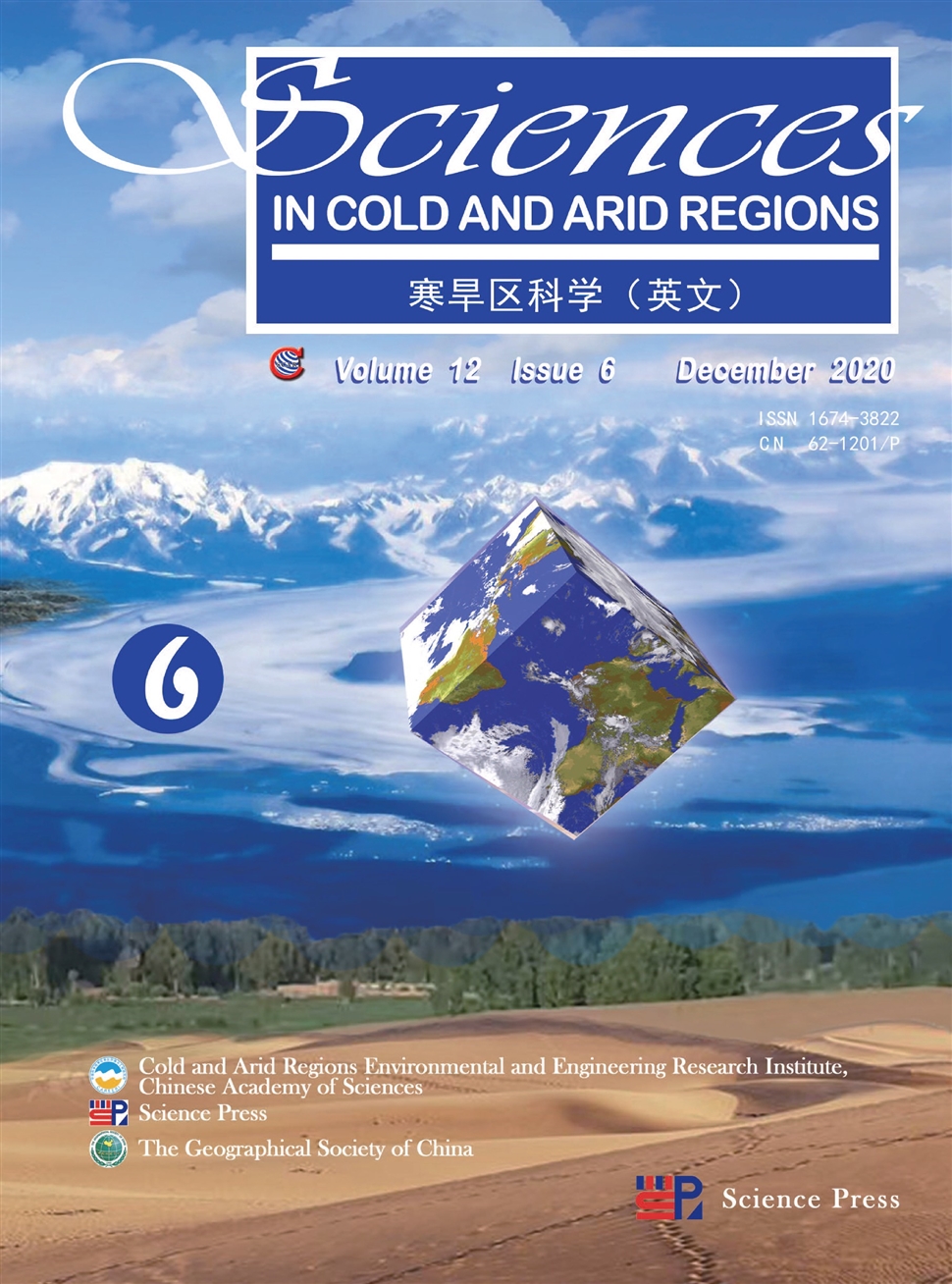Analysis of vegetation changes and dominant factors on the Qinghai-Tibet Plateau, China
作者:HongWei Wang,Yuan Qi,ChunLin Huang,XiaoYing Li,XiaoHong Deng,JinLong Zhang
摘要:This research was undertaken to clarify the characteristics of vegetation change and its main influencing factors on the Qinghai-Tibet Plateau. Using the greenness rate of change (GRC) and correlation factors, we analyzed the trend of vegetation change and its dominant factors from 2000 to 2015. The results indicate that the vegetation tended to improve from 2000 to 2015 on the Qinghai-Tibet Plateau, with the improved area accounting for 39.93% of the total;and the degraded area accounting for 19.32%. The areas of degraded vegetation are mainly concentrated in the low-relief and intermediate- relief mountains of the high-altitude and extremely high-altitude areas on the Qinghai-Tibet Plateau, as the vegetation characteristics are impacted by the terrain. Temperature and precipitation have obvious response mechanisms to vegetation growth, but the effects of precipitation and temperature on vegetation degradation are not significant over a short time frame. Overgrazing and population growth are the dominant factors of vegetation degradation on the Qinghai-Tibet Plateau.
发文机构:Northwest Institute of Eco-environment and Resources University of Chinese Academy of Sciences
关键词:Qinghai-TibetPLATEAUREMOTESENSINGVEGETATIONactivitydegradedDOMINANTfactors
分类号: P[天文地球]
- Soil hydraulic conductivity and its influence on soil moisture simulations in the source region of the Yellow River―take Maqu as an example
- The 2018 Academic annual meeting of China Society of Cryospheric Science was held successfully in Foshan on November 17–18,2018
- A paleo-hydrological simulation experiment and its verification in an inland basin
- Variation in water source of sand-binding vegetation across a chronosequence of artificial desert revegetation in Northwest China
- 60-year changes and mechanisms of Urumqi Glacier No.1 in the eastern Tianshan of China,Central Asia
- Seed germination and seedling growth of Pycnanthus angolensis(Welw.)Warb.,African false nutmeg
- Origin and advances in implementing blowing-snow effects in the Community Land Model
- Estimating interaction between surface water and groundwater in a permafrost region of the northern Tibetan Plateau using heat tracing method
- Cryosphere evapotranspiration in the Tibetan Plateau:A review
- Fast genetic mapping in barley:case studies of cuticle mutants using RNA-sequencing


